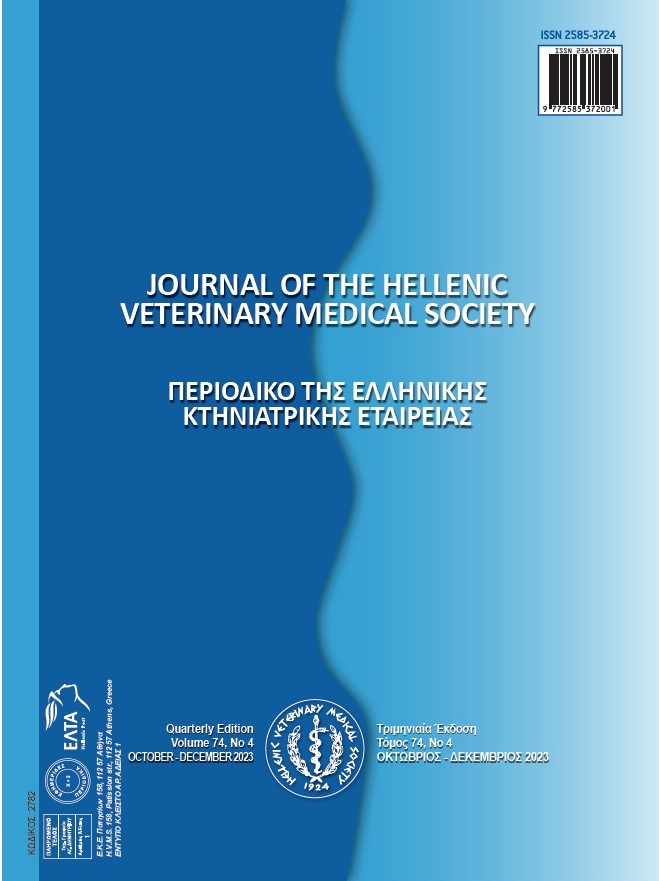The effect of medical-grade honey or hypericum on matrix metalloproteinases expression in feline wound healing
Resumen
The aim of the present study was to evaluate the relation between MMP expression and the local application of medical-grade honey or Hypericum in second-intention cutaneous wound healing in healthy cats. Our hypothesis was that MMP expression may be affected by medical-grade honey or Hypericum application in cutaneous wounds in cats. Eight female spayed purpose-bred healthy DSH cats were included in the study. Under general isoflurane anesthesia eight 2 X 2 cm square wounds, four on each side of the dorsal midline were created full-thickness including the subcutaneous fat until the thoracolumbar fascia was apparent. The four wounds on each side were randomized to receive treatment or serve as untreated controls using computer software (random number generator). Two of the wounds were treated daily with medical-grade honey ointment [LMS] two were treated daily with Hypericum-based ointment (HYP) two were used as untreated controls for medical-grade honey (LMSC), and two were used as untreated controls for Hypericum-based ointment (HYPC). The LMS and HYP treatments were applied aseptically once daily for 25 days. Biopsies were obtained from the two cranial wounds for MMPs measurements on day 0 and from the two caudal wounds for MMPs measurements on days 14 and 25. An evaluation of the expression of MMP-2, MMP-9, and TIMP-1 by real-time PCR was performed to investigate their association with the different measurement days. MMP-2, MMP-9, and TIMP-1 expressions did not differ between the LMS and HYP-treated wounds. No significant differences between sampling days for MMP-2 MMP-9 and TIMP-1 expressions were noted in all treated and control wounds (P= 0.188, 0.580, and 0.407 respectively). In conclusion, MMP-1, MMP-9, and TIMP-1 expressions were not affected by medical-grade honey or Hypericum applied locally in cutaneous wounds in cats.
Article Details
- Cómo citar
-
Chatzimisios, K., Tsioli, V., Dovas, C., Kazakos, G., Moutou, E., Angelou, V., Pratsinakis, E., & Papazoglou, L. (2024). The effect of medical-grade honey or hypericum on matrix metalloproteinases expression in feline wound healing. Journal of the Hellenic Veterinary Medical Society, 75(1), 6879–6886. https://doi.org/10.12681/jhvms.32723
- Número
- Vol. 75 Núm. 1 (2024)
- Sección
- Research Articles

Esta obra está bajo una licencia internacional Creative Commons Atribución-NoComercial 4.0.
Authors who publish with this journal agree to the following terms:
· Authors retain copyright and grant the journal right of first publication with the work simultaneously licensed under a Creative Commons Attribution Non-Commercial License that allows others to share the work with an acknowledgement of the work's authorship and initial publication in this journal.
· Authors are able to enter into separate, additional contractual arrangements for the non-exclusive distribution of the journal's published version of the work (e.g. post it to an institutional repository or publish it in a book), with an acknowledgement of its initial publication in this journal.
· Authors are permitted and encouraged to post their work online (preferably in institutional repositories or on their website) prior to and during the submission process, as it can lead to productive exchanges, as well as earlier and greater citation of published work.








